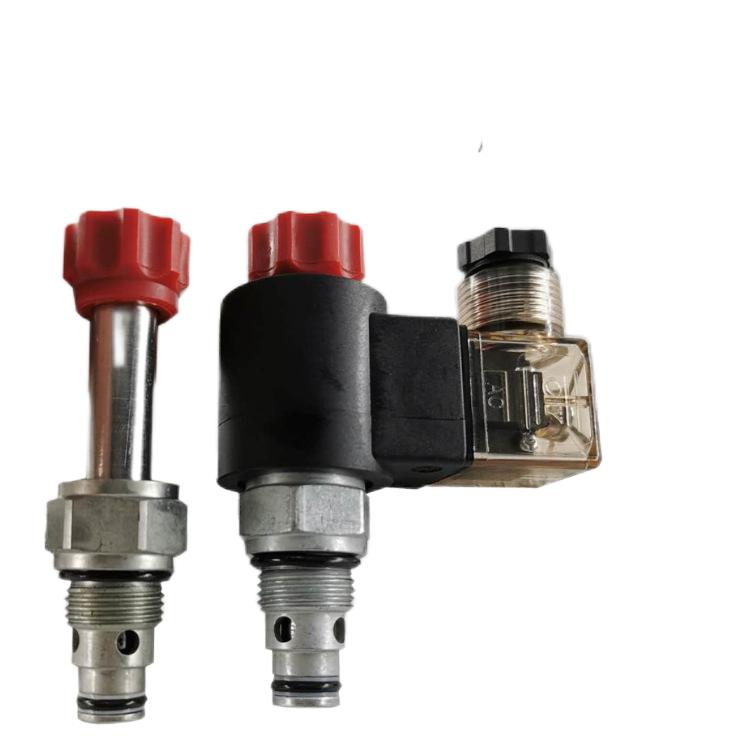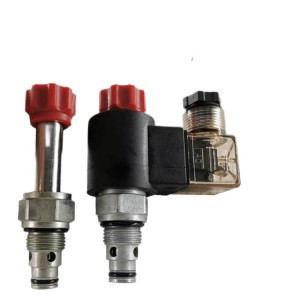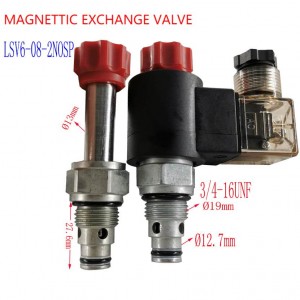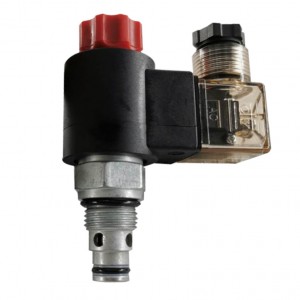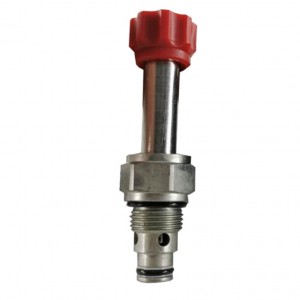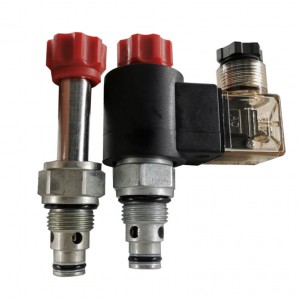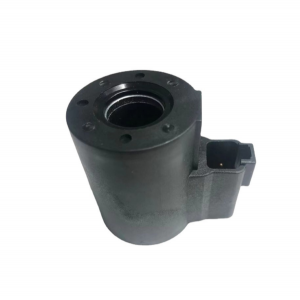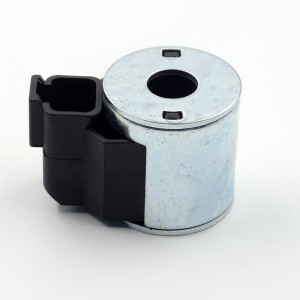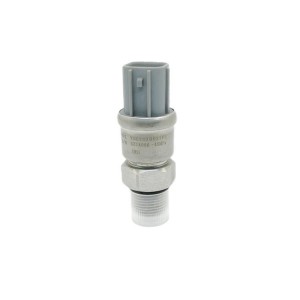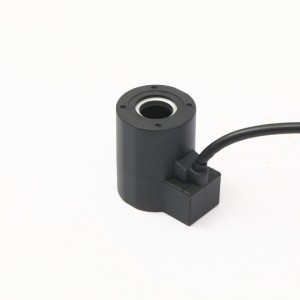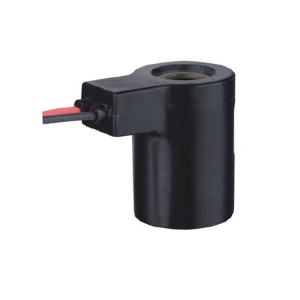Insert a hydraulic solenoid valve into the normally open solenoid valve SV6-08-2N0SP thread
In the hydraulic system, if the pressure somewhere is lower than the air separation pressure at the working temperature of the oil, the air in the oil will be separated to form a large number of bubbles; When the pressure is further reduced to the saturated steam pressure at the working temperature of the oil, the oil will vaporize rapidly and produce a large number of bubbles. These bubbles are mixed in the oil, resulting in cavitation, which makes the oil originally filled in the pipeline or hydraulic components become discontinuous. This phenomenon is generally called cavitation.
Cavitation generally occurs at the valve port and the oil inlet of the hydraulic pump. When the oil flows through the narrow passage of the valve port, the velocity of the liquid flow increases and the pressure drops greatly, and cavitation may occur. Cavitation may occur if the installation height of the hydraulic pump is too high, the inner diameter of the oil suction pipe is too small, the oil suction resistance is too high, or the rotation speed of the hydraulic pump is too high and the oil suction is insufficient.
After cavitation occurs in the hydraulic system, bubbles flow with the oil to the high pressure area, which will burst rapidly under the high pressure, and the surrounding liquid particles will fill the cavity at high speed. The high-speed collision between liquid particles will form a local hydraulic impact, which will cause the local pressure and temperature to rise sharply, resulting in strong vibration and noise.
Due to the long-term hydraulic impact and high temperature, as well as the strong corrosion of gas escaping from oil, the metal particles on the surface of the pipe wall and components near the bubble condensation place are peeled off. This surface corrosion caused by cavitation is called cavitation.

